"HE REALLY TOOK ADVANTAGE OF THE SETS, PROBABLY MORE THAN ANYONE I WORKED WITH"
 Following our post from earlier this month in which we linked to an interview with production designer Jack Fisk by The Playlist's Charlie Schmidlin, and the current Fisk series at New York's Museum Of The Moving Image, the current issue of Film Comment also has Michael Sragow interviewing Fisk. In the following excerpt from the latter, Fisk answers Sragow's question, "Why haven’t you worked with Brian De Palma recently?"
Following our post from earlier this month in which we linked to an interview with production designer Jack Fisk by The Playlist's Charlie Schmidlin, and the current Fisk series at New York's Museum Of The Moving Image, the current issue of Film Comment also has Michael Sragow interviewing Fisk. In the following excerpt from the latter, Fisk answers Sragow's question, "Why haven’t you worked with Brian De Palma recently?"I’d love to work with De Palma again. When I finished Badlands, Ed Pressman the producer said come and work with Brian De Palma on this film I’m doing, Phantom of the Paradise. Brian can appear kind of gruff. I showed up, kind of assigned to the project, and he asked, “What have you done?” Well, I hadn’t done much. I had finished Badlands. I had done a lot of Roger Corman and Gene Corman films up to then. I started working on that film, and I don’t pretend to know everything but I started presenting ideas about the character. We were doing this great thing about the music industry. I came out of my house one morning and there was this dead bird lying on the side of the road. And I picked it up, and I got this idea for an image for Death Records. It was actually a sparrow, but I was thinking of it poetically as a songbird, and I thought it could be a logo for Death Records. I took a picture with a process camera and made an image of it. And I think Brian responded to that. Long story short, three years ago one of my daughters shows up with a shirt on with that bird on it, and someone’s marketing it on the Internet 40 years later. That was a fun thing.
And then I had these ideas of Swan’s office desk being an old record, his bedroom being a turntable with gold record sheets. I never really knew what Brian thought but I was working like crazy. And we were about to do the scene when Finley [Winslow/The Phantom] breaks out of a brick wall—somebody has locked him in this office to write and fixed it so he’d never get out, and he does bust out. Well, I was new to film and I was making the bricks and mortaring them together during lunch. The grips came back, and they were ready to shoot, and I wasn’t quite finished. I was covered with mortar and sweat and stuff, and one of the grips started giving me hard time: “You’re not a professional: you should have done this a long time ago!” And I can’t tell you exactly what Brian said, but it was something like, “Shut up, he’s making the film look great.” It was the first time I knew he was excited with what we were doing, because it was really kind of out there—out there like The Cabinet of Dr. Caligari. I called a friend of mine who was a costume designer, and said, “I’m doing this film with Brian De Palma, it’s about the Devil, Faust, and all that,” and she said, “You can’t use black and red, that’s for sure.” The way she said it, I just got it into me, “I’m going to use black and red” and so I did. Sometimes I just like to go against what everybody thinks. She was a woman of taste but I thought, I like black and red. Also, we didn’t have a lot of money, so you could black out something and not see it and it would work really well. Sometimes I wanted the sets to go black and the DP overlit them, and I get upset to this day when I see it, because there are things that were supposed to be black that are gray. All we had to do was just shut off a few lights. Working with Brian was great fun, and with Carrie, the same thing.Brian called me afterwards to work with him, but our schedules just didn’t work out. I love Brian. He’s a wonderful filmmaker. He actually storyboarded every shot. At the time he would do it on 3 x 5 cards, with stick figures. You could go into his office and see the whole film laid out on the wall. Every scene. So I knew what he was going to shoot and it was easier to design the sets because I knew what he wanted and who the characters were and where the camera was going to be. And he stuck pretty much to that. And he would show up on set and he would get so bored waiting for lighting and waiting for people to get made up, because he’d already made the film in his mind. He really took advantage of the sets; probably more than anyone I worked with, he would use them and took a certain delight in them. He was a fun director.
You know, someone did a remake of Carrie. I know Brian knows the director who directed it. And someone was talking to him and to her about how they did the bucket of blood that gets dumped on her. And the new one, they engineered with effects and levers and stuff like that. And I think it cost them about $200,000 to dump the blood on Carrie. And someone was talking to him and her about the new dump, engineered with effects and levers. And they asked Brian how he did it, and he said, “Jack Fisk just climbed up a ladder and dumped a bucket of blood on her.” That low-tech thing we did in the ’70s because we didn’t have much money. Sometimes it works just as well or better.
Updated: Sunday, March 13, 2016 12:00 AM CST
Post Comment | Permalink | Share This Post

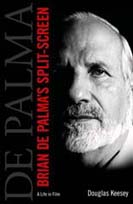
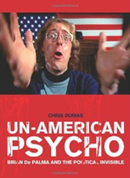

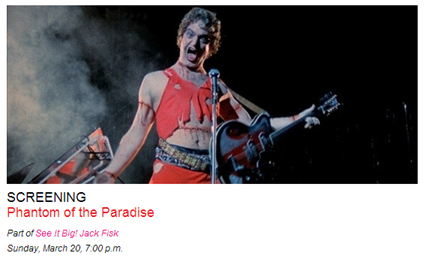
 Jake Paltrow and Noah Baumbach's documentary about Brian De Palma will screen at the
Jake Paltrow and Noah Baumbach's documentary about Brian De Palma will screen at the 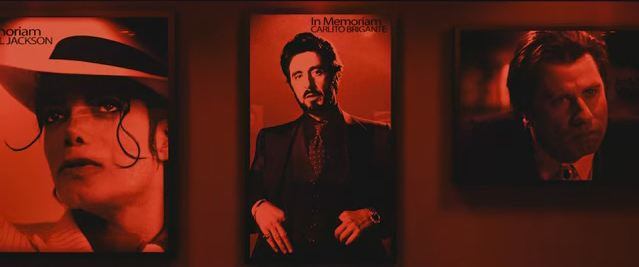
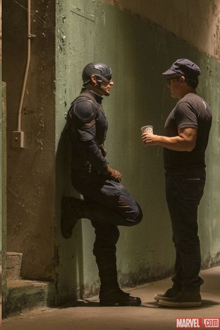
 Matt Zoller Seitz has been working on a book about Oliver Stone. The Oliver Stone Experience will be in the spirit of the author's recent books about Wes Anderson. Today and tomorrow, Zoller Seitz will tease the book at the
Matt Zoller Seitz has been working on a book about Oliver Stone. The Oliver Stone Experience will be in the spirit of the author's recent books about Wes Anderson. Today and tomorrow, Zoller Seitz will tease the book at the 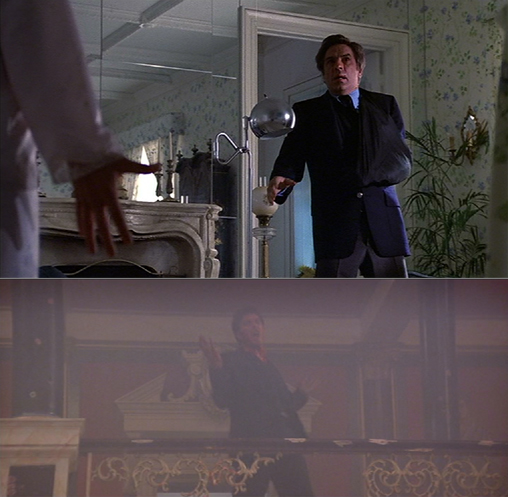 There was a lot of
There was a lot of 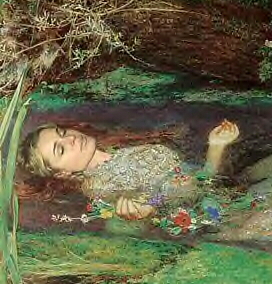 Grappling with the question of whether it is sexist or empowering "to portray a woman who is comfortable with her own sexuality, and willing to use it in pursuit of her own ends,"
Grappling with the question of whether it is sexist or empowering "to portray a woman who is comfortable with her own sexuality, and willing to use it in pursuit of her own ends," 

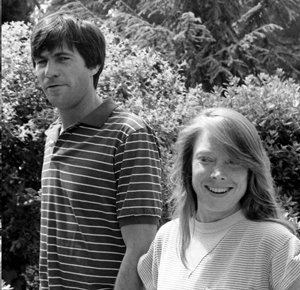 This is more than a month old, but a really nice pre-Oscar article posted by
This is more than a month old, but a really nice pre-Oscar article posted by